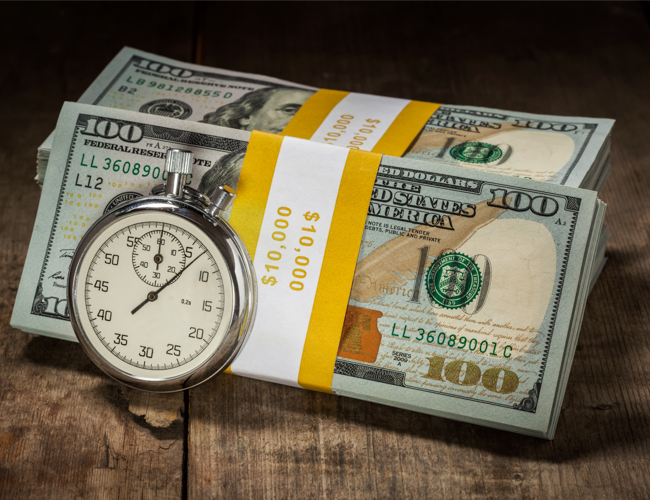How Much Should You Have in Your TSP at Retirement? by Flavio “Joe” Carreno

Retirees typically use their TSP accounts to supplement Social Security and FERS annuities. With FERS and Social Security, you’ll be sure to cover 50% to 70% of your pre-retirement income.
Financial planners would tell you that you can retire and maintain the same standard of living you had pre-retirement with just 80% of the income you use to earn. If you have started saving to a TSP from your first day at work, it wouldn’t be difficult to accumulate enough funds to make it to that 80% level. It’s not unusual to find federal employees with six figures or even more than a million dollars in their retirement accounts.
For instance, if you have a balance of $500,000 and adopt the recommended 4% withdrawal strategy, you can safely withdraw $20,000 yearly for the rest of your life while covering for inflation. If it’s $1,000,000, then you can withdraw $40,000 annually.
When you retire, you do a 180-degree turn from saving to your TSP to withdrawing from it. To plan for this:
- Make time and visit the TSP website https://www.tsp.gov.
- Find their calculator and use it to compute how much your savings will grow.
- Calculate how much you may have in your TSP account by the time you start withdrawing the money.
Once you have gotten an estimate of your future balance, use the TSP installment payment calculator or the TSP payment and annuity calculator to estimate the amount of monthly income you can realize from that balance in retirement.
For TSP participants who have fewer years of federal employment, the Thrift Savings Plan allows you to roll over money from your former employer’s plan and individual retirement arrangements. So you can move your retirement savings from previous jobs to your TSP account.
For those who have saved enough for retirement and are in their forties, the TSP calculators will help you determine how much you need to save and for how long you need to save to retire comfortably. You should consider working a bit longer and cut back on expenses to boost your retirement savings.






